8 days cruise yacht Endemic – A8
Route A8 (Sun - Sun): Western Galapagos Islands
- 8 days
- 2-16
Highlights of the tour
- Flamingo lagoon
- All three kinds of boobies
- Volcano hiking
- Thriving marine life
Overview
During this 7-night cruise with the luxury yacht Endemic you visit for example Santa Cruz, Rabida, Fernandina and Santiago Island. A short trip to Genovesa island is ideal for birdlovers. Enjoy beautiful beaches with great snorkeling opportunities and be amazed by the variety of fauna.
On board you can enjoy the luxury facilities, relax in the pool or in your comfortable cabin.
Itinerary
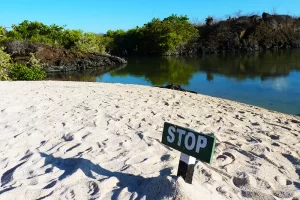 Morning – Arrival at Baltra Airport: At the mainland airport, you have purchased your TCC or Ingala card and a luggage inspection has already been conducted to ensure that no foreign plant or animal species are introduced. Upon your arrival at Seymour Ecological airport, your TCC (Transit Control Card) will be stamped. This must be kept in a safe place during your trip, as it must be presented again on your return flight. In addition, the Galapagos National Park entrance fee is due upon entry (US$200), if not already paid. Your guide will meet you at the airport, help you with your luggage and will accompany you on the short bus ride to the port. Here you will board the yacht. After greeting the crew and captain, you will be assigned your cabins and then have your first lunch together.
Morning – Arrival at Baltra Airport: At the mainland airport, you have purchased your TCC or Ingala card and a luggage inspection has already been conducted to ensure that no foreign plant or animal species are introduced. Upon your arrival at Seymour Ecological airport, your TCC (Transit Control Card) will be stamped. This must be kept in a safe place during your trip, as it must be presented again on your return flight. In addition, the Galapagos National Park entrance fee is due upon entry (US$200), if not already paid. Your guide will meet you at the airport, help you with your luggage and will accompany you on the short bus ride to the port. Here you will board the yacht. After greeting the crew and captain, you will be assigned your cabins and then have your first lunch together.
Afternoon – Bachas (Santa Cruz): These two small beaches are located to the west of Turtle Bay on Santa Cruz. Their sand is made of mined coral, which makes it white and soft. This makes it a favorite nesting site for sea turtles. Behind one of the beaches is a smaller water lagoon where you can seasonally spot flamingos or other shorebirds, as well as American Stilt and Rainbows. On the second, wider beach, explore the remains of two abandoned warships. These were abandoned by the US during World War II, when Baltra was used as a strategic base to protect the Panama Canal.
Meals: Lunch/Dinner
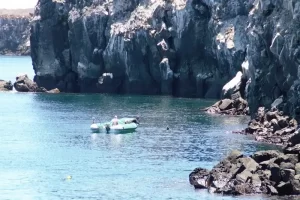 Morning – Darwin Bay: Within the submerged caldera of Genovesa lies Darwin Bay. This bay with its beautiful sandy beach holds some surprises as you walk over barren lava formations, past tide pools and shrubs, and then climb cliffs at the end. Every single species you observe along the way has its own ecological niche. Whimbrels and migratory sandpipers actively forage in the surf alongside resting Galapagos sea lions. Impressive frigatebirds and red-footed boobies’ nest in the mangroves, where songbirds such as yellow warblers, Darwin’s finches and Galapagos mockingbirds can also be seen. Something special are the two subpopulations of cactus finches, distinguished only by their song. There is wonderful snorkeling from the sandy beach.
Morning – Darwin Bay: Within the submerged caldera of Genovesa lies Darwin Bay. This bay with its beautiful sandy beach holds some surprises as you walk over barren lava formations, past tide pools and shrubs, and then climb cliffs at the end. Every single species you observe along the way has its own ecological niche. Whimbrels and migratory sandpipers actively forage in the surf alongside resting Galapagos sea lions. Impressive frigatebirds and red-footed boobies’ nest in the mangroves, where songbirds such as yellow warblers, Darwin’s finches and Galapagos mockingbirds can also be seen. Something special are the two subpopulations of cactus finches, distinguished only by their song. There is wonderful snorkeling from the sandy beach.
Afternoon – Prince Philip’s Steps (also called El Barranco): In the afternoon you will continue sailing to Prince Philip’s Steps, one of the two visitor points on Genovesa Island. Sometimes Galapagos fur seals rest on the rocky ledges. After climbing the steep stone steps, you will take a guided walk where you will see many different birds such as red-footed and blue-footed boobies. The red-footed boobies are almost only seen on Genovesa and nest in the palo santo trees. The bushes on the edge to the ocean side are loosening up and you can enjoy the incredible view and the ocean breeze. Continuing, you will pass by a colony of Nazca boobies and eventually reach nests of storm petrels, where, if you are lucky, you can also see the short-eared owl hunting.
Meals: Breakfast/Lunch/Dinner
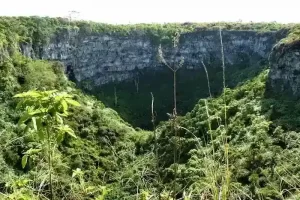 Morning – Twin Craters, Highlands: In the highlands of Santa Cruz, you can admire different species of birds, such as the small and large tree finches, ground finches, Galapagos flycatchers and cattle egrets (often standing on the backs of turtles). As you drive into the island’s protected area, you can see the contrasts of this diverse ecosystem. The path leads from the coast through the agricultural land and directly to the dense wet forests. Often you can see the Galápagos giant tortoises in the middle of the trail or walking across the pastures and through the grass. This place is a paradise for ornithologists, because almost all birds either live on the island or pass through here. The Cráteres Gemelos (twin craters) are located on both sides of the road leading to Puerto Ayora. These impressive formations are not really volcanic craters and were formed by magma domes that hardened on the outside while the lava continued to flow inside, leaving huge, empty magma chambers that eventually collapsed, leaving two large holes. The craters lie in the middle of a lush Scalesia cloud forest, a high-altitude plant species that is endemic to the Galapagos Islands. This area is also home to the carpenter finch, which uses tools to forage for food. There is also the possibility of seeing the Pajaro Brujo (Vermilion Flycatcher), a small, red-breasted bird.
Morning – Twin Craters, Highlands: In the highlands of Santa Cruz, you can admire different species of birds, such as the small and large tree finches, ground finches, Galapagos flycatchers and cattle egrets (often standing on the backs of turtles). As you drive into the island’s protected area, you can see the contrasts of this diverse ecosystem. The path leads from the coast through the agricultural land and directly to the dense wet forests. Often you can see the Galápagos giant tortoises in the middle of the trail or walking across the pastures and through the grass. This place is a paradise for ornithologists, because almost all birds either live on the island or pass through here. The Cráteres Gemelos (twin craters) are located on both sides of the road leading to Puerto Ayora. These impressive formations are not really volcanic craters and were formed by magma domes that hardened on the outside while the lava continued to flow inside, leaving huge, empty magma chambers that eventually collapsed, leaving two large holes. The craters lie in the middle of a lush Scalesia cloud forest, a high-altitude plant species that is endemic to the Galapagos Islands. This area is also home to the carpenter finch, which uses tools to forage for food. There is also the possibility of seeing the Pajaro Brujo (Vermilion Flycatcher), a small, red-breasted bird.
Afternoon – Sullivan Bay (Santiago): The arrival in Sullivan Bay is like a moon landing. The desolate, sprawling fields seem to be mostly lifeless, but this island, which is particularly popular among photographers, still offers a lot to see. There is even some life! Green sea turtles burrow in the small white sand beach, where you can also find crabs, blue herons and oystercatchers.
Meals: Breakfast/Lunch/Dinner
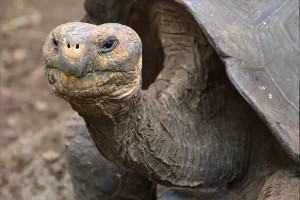 Morning – Wetlands, Sierra Negra Volcano (Isabela Island): You will also have a chance to see flamingo colonies in the wetlands that surround Puero Villamil. Sierra Negra is the third highest volcano on Isabela and the 5th highest of the Galapagos Islands (1124m). It is the only major volcano on Isabela whose crater area is open to tourism. A mysterious half-day hike through the cloud forests will lead you to a viewpoint on the edge, offering fantastic views into the impressive caldera (clear weather required, though unpredictable; prevailing winds mean clouds usually tend to disappear at the viewpoint). The caldera measures about 7 x 9km and is the largest in the archipelago. Since the discovery of so-called supervolcanoes like Yellowstone, it is no longer listed as one of the largest craters in the world.
Morning – Wetlands, Sierra Negra Volcano (Isabela Island): You will also have a chance to see flamingo colonies in the wetlands that surround Puero Villamil. Sierra Negra is the third highest volcano on Isabela and the 5th highest of the Galapagos Islands (1124m). It is the only major volcano on Isabela whose crater area is open to tourism. A mysterious half-day hike through the cloud forests will lead you to a viewpoint on the edge, offering fantastic views into the impressive caldera (clear weather required, though unpredictable; prevailing winds mean clouds usually tend to disappear at the viewpoint). The caldera measures about 7 x 9km and is the largest in the archipelago. Since the discovery of so-called supervolcanoes like Yellowstone, it is no longer listed as one of the largest craters in the world.
Afternoon – Turtle breeding Center, Wall of Tears: After lunch, you will visit the turtle breeding center, where you can see hundreds of giant turtles of all sizes. The defenseless hatchlings are not big at all, in fact they are smaller than the size of your palm! This project outside of Puerto Villamil was created to save the endangered populations on the southernmost volcanoes. The last visit of this day is to the historic “Wall of Tears” (national heritage site). Prisoners had to build this long wall of lava stones as a punitive measure. You will also have the chance to see flamingo colonies.
Meals: Breakfast/Lunch/Dinner
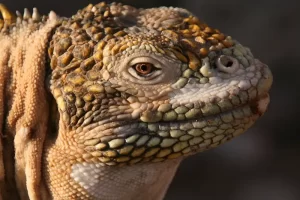 Morning – Elizabeth Bay: Elizabeth Bay can only be visited from the water. Passing the Marielas Islands, home to the largest penguin colony in the Galapagos, you will enter the bay. Here you can admire the red mangroves, their red roots and green leaves. Sea turtles, cormorants and spotted eagle ray.
Morning – Elizabeth Bay: Elizabeth Bay can only be visited from the water. Passing the Marielas Islands, home to the largest penguin colony in the Galapagos, you will enter the bay. Here you can admire the red mangroves, their red roots and green leaves. Sea turtles, cormorants and spotted eagle ray.
Afternoon – Urbina Bay (Isabela): Urbina Bay is located on the west coast of Isabela, between Elizabeth Bay and Tagus Cove. It is close to the base of the Alcedo volcano. The coastline underwent a major uplift in 1954, extending the shore for one kilometer. Here you will find corals, shells and many other calcareous organisms above water. Urbina Bay is home to the large and colorful land iguanas and giant tortoises of the Vulcan Alcedo population. There are also many Darwin’s finches to spot.
Meals: Breakfast/Lunch/Dinner
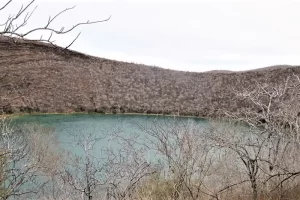 Morning – Tagus Cove: You will navigate around Tagus Cove along the cliffs. From the inflatable boat you have a good chance of seeing the Galápagos penguins, the flightless cormorants and other seabirds. From the pier, it’s about a 30-minute walk to the cliff top, from where you can see Lake Darwin. The lake contains more salt than the sea itself. You can also see some volcanoes from here. Look out for the graffiti on the surrounding cliffs of the bay! They were written by pirates and whalers in the last centuries.
Morning – Tagus Cove: You will navigate around Tagus Cove along the cliffs. From the inflatable boat you have a good chance of seeing the Galápagos penguins, the flightless cormorants and other seabirds. From the pier, it’s about a 30-minute walk to the cliff top, from where you can see Lake Darwin. The lake contains more salt than the sea itself. You can also see some volcanoes from here. Look out for the graffiti on the surrounding cliffs of the bay! They were written by pirates and whalers in the last centuries.
Afternoon – Espinoza Point: In the afternoon, visit Fernandina, the third largest island in the Galápagos archipelago with only one place open to visitors: Punta Espinoza is located on the northeastern peak of the island. In addition to the marine iguanas and sea lions that hang out here in the sand and water near the coast, the cormorant lives here. It cannot fly and through the process of evolution has perfected its ability to find food in the sea.
Meals: Breakfast/Lunch/Dinner
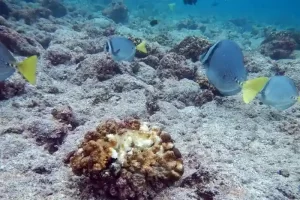 Morning – Bucaneer Cove, Espumilla Beach: At Buccaneers Bay you will have the opportunity to snorkel.Espumilla Beach is a visitor site at the northern end of James Bay, on the west coast of Santiago. Hidden behind the beach are two picturesque lakes.The beach is an important breeding ground for turtles, which return year after year to bury their eggs in the cinnamon-colored sand dunes. Climbing a hill, you will be rewarded with a beautiful view of the transition from the sea to the beach, to mangroves to the Palo Santo forest. At the nearby Buccaneers Bay you will have the opportunity to snorkel.
Morning – Bucaneer Cove, Espumilla Beach: At Buccaneers Bay you will have the opportunity to snorkel.Espumilla Beach is a visitor site at the northern end of James Bay, on the west coast of Santiago. Hidden behind the beach are two picturesque lakes.The beach is an important breeding ground for turtles, which return year after year to bury their eggs in the cinnamon-colored sand dunes. Climbing a hill, you will be rewarded with a beautiful view of the transition from the sea to the beach, to mangroves to the Palo Santo forest. At the nearby Buccaneers Bay you will have the opportunity to snorkel.
Afternoon – Rabida: Oxidized iron particles give the stones and sand their rusty color. A green-fringed lagoon hides behind the beach. This oasis is the most fertile place on the otherwise dry island, which is overgrown with Palo Santo trees. The salty pool is attractive to all kinds of water birds, such as pintail ducks and sometimes American flamingos. Hidden among the evergreen foliage of the surrounding mangrove bushes, many species of songbirds breed. An outstanding attraction is the large breeding colony of brown pelicans, the only species that dive.
Meals: Breakfast/Lunch/Dinner
Morning – Mosquera Island: Mosquera Island is located between Baltra and North Seymour. It is a small island characterized by a geographical upwelling; with rocks, corals and a large white sand beach where many sea lions can be seen. You can also observe different species of wading birds. Along the rocks there are red lava crabs or red cliff crabs to see. Afterwards, you will drive back to the airport and start your return or onward journey.
Meals: Breakfast
- Included services
- All excursions and a daily activity briefing
- Bilingual (Spanish/English) National Park guide
- Double or single accommodation
- All meals and snacks throughout cruise
- Soft drinks and juices
- Cruise service officer
- Transfers on the islands
- Airport reception and assistance
- Captain’s welcome and farewell cocktail
- Supplied expedition gear
- Use of yoga mats
- Not included services
- International flight and Galapagos flight
- Entrance fee to Galapagos National Park (USD 200 per person, children under the age of 12 USD 100)
- Transit control card (USD 20 per person, subject to change)
- Airport transfers in Galapagos (if the flight is not booked together with the cruise)
- Wetsuit
- Soft and alcoholic drinks
- Tips
- Travel insurance and other personal expenses
Hints
Ask us for children or group discount.
Price not valid for Christmas and New Years´s Eve departures.
All prices are subject to change if local tax increases or other circumstances beyond our control occur.
The itinerary is subject to change at any time due to circumstances beyond our control.
In order to rent a wetsuit, we will need your clothing size (S/M/L/XL) before your arrival in Galapagos. Standard wetsuits with a thickness of 3 mm are rented.
Travel Insurance:
To protect your travel investment, we highly recommend the purchase of travel insurance. Travel insurance is intended to cover medical expenses, trip interruption and cancellation, theft and other losses incurred while traveling domestically or internationally.
Visa and Entry Requirements:
Ecuador requires a valid passport (with a minimum 6 months validity). Contact your local embassy or consulate for the most up-to-date visa requirements.
Other interesting cruises
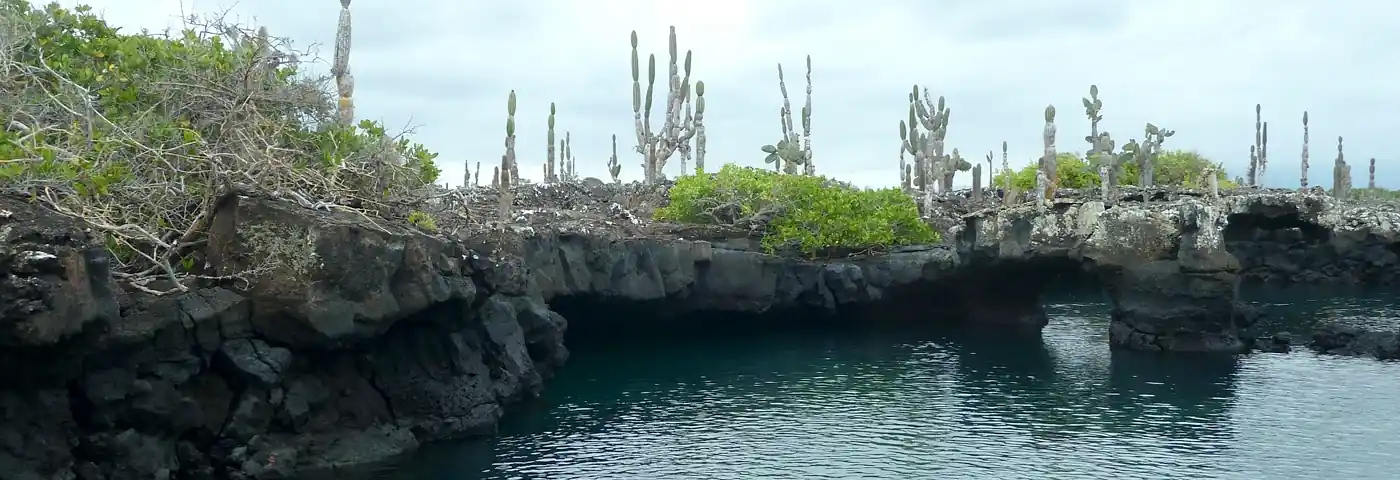
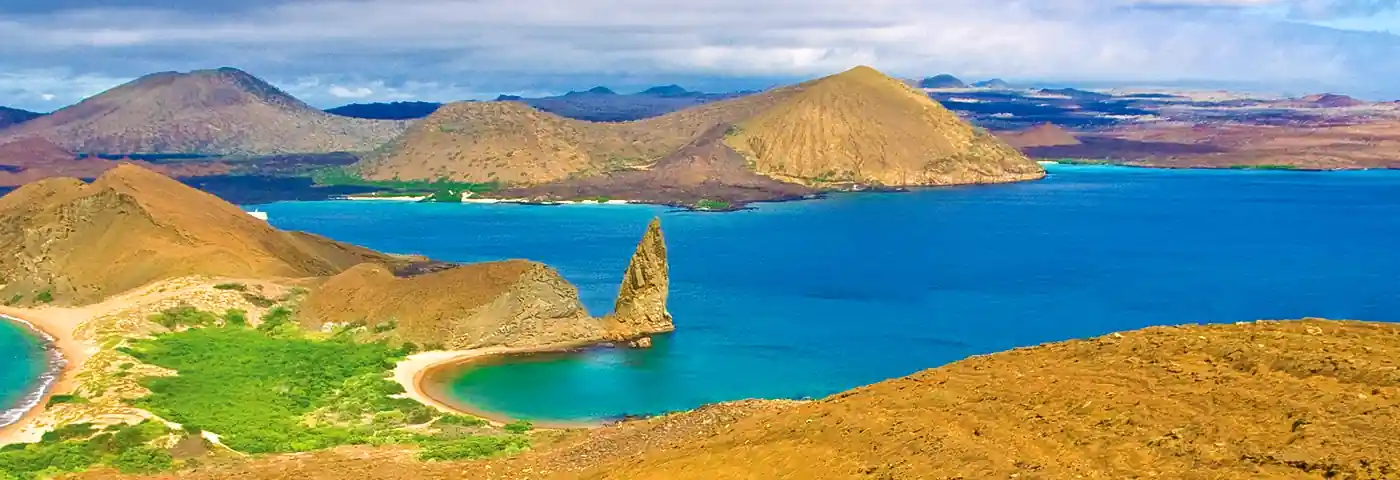
From US$ 2060 p.p.
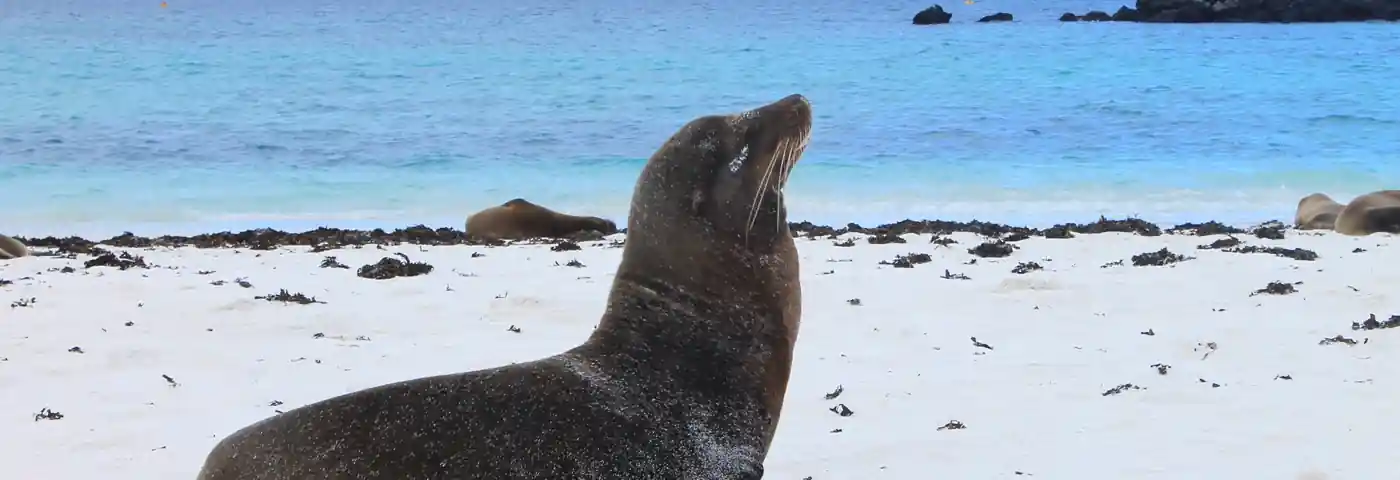
From US$ 4490 p.p.
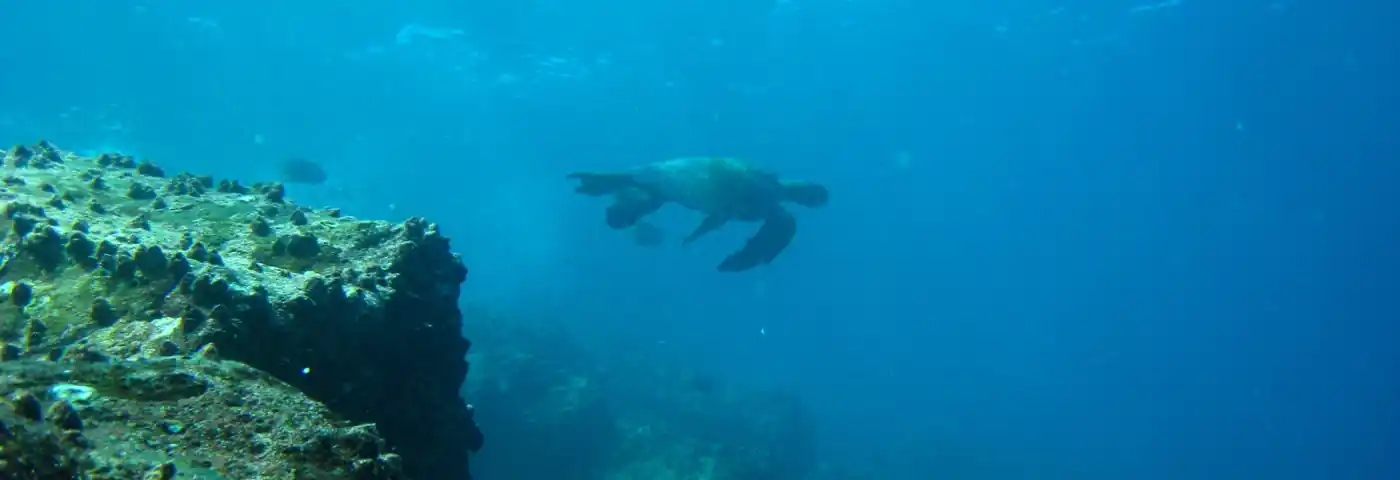
From US$ 5490 p.p.

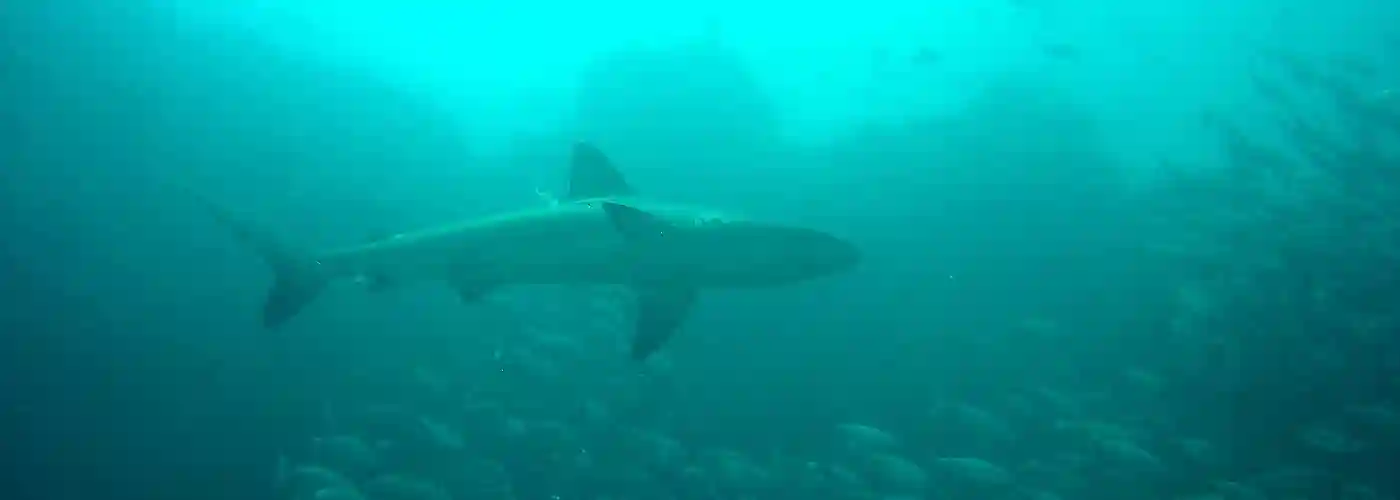
From US$ 3940 p.p.
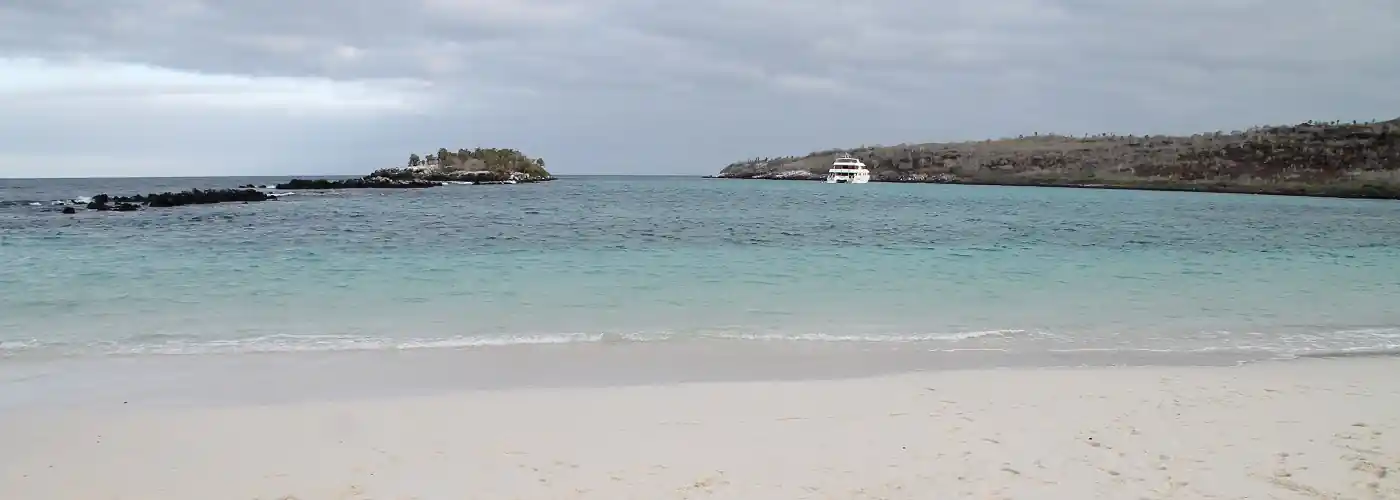
From US$ 3940 p.p.
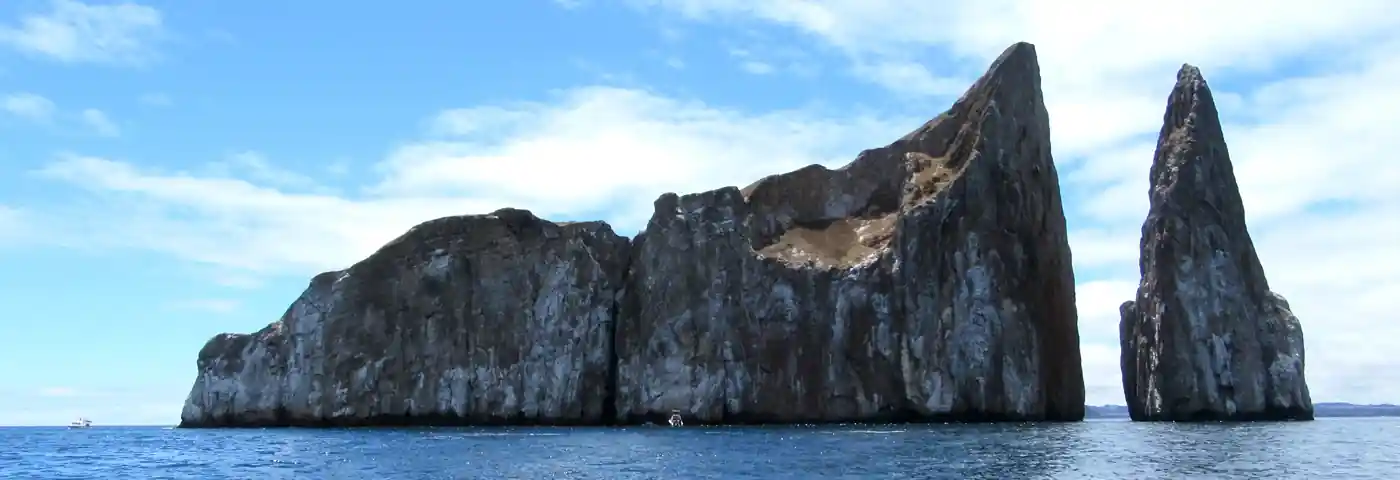
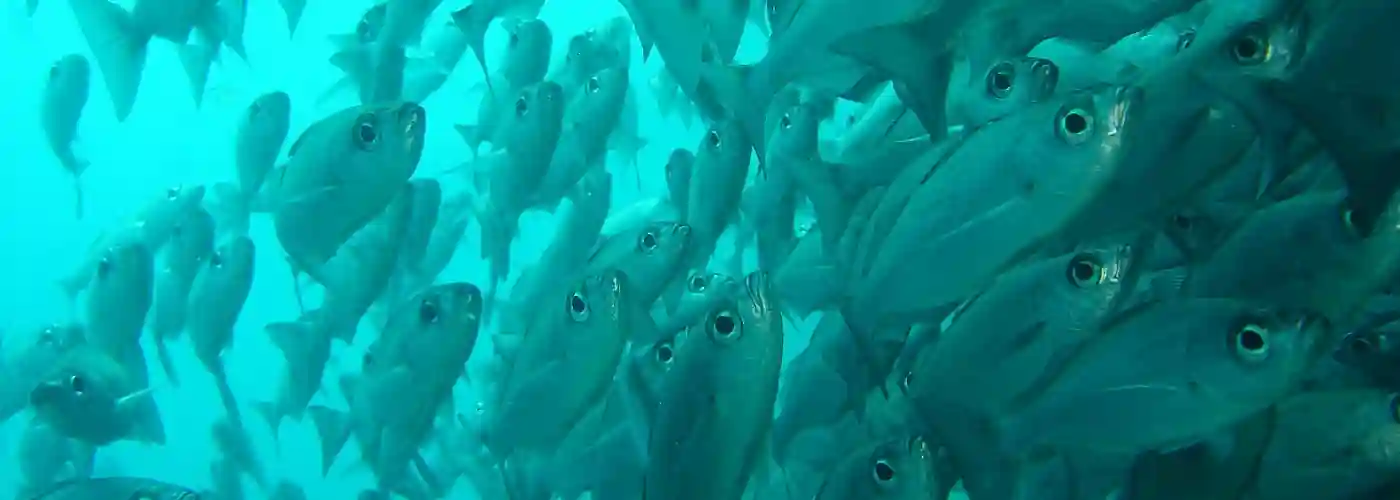
From US$ 2090 p.p.
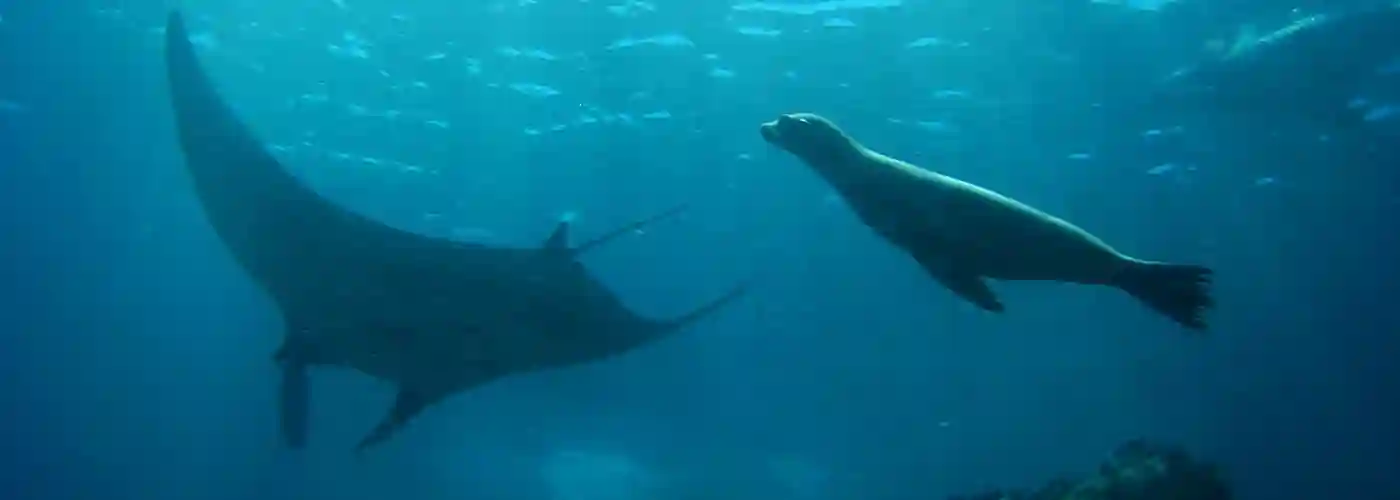
From US$ 5080 p.p.

From US$ 5740 p.p.
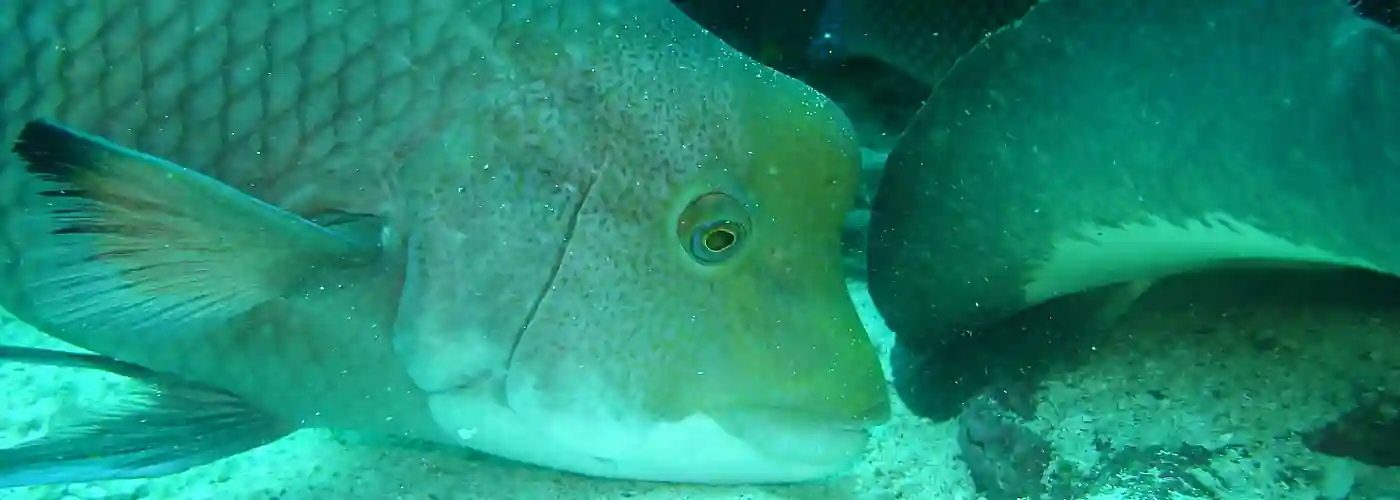
From US$ 5740 p.p.

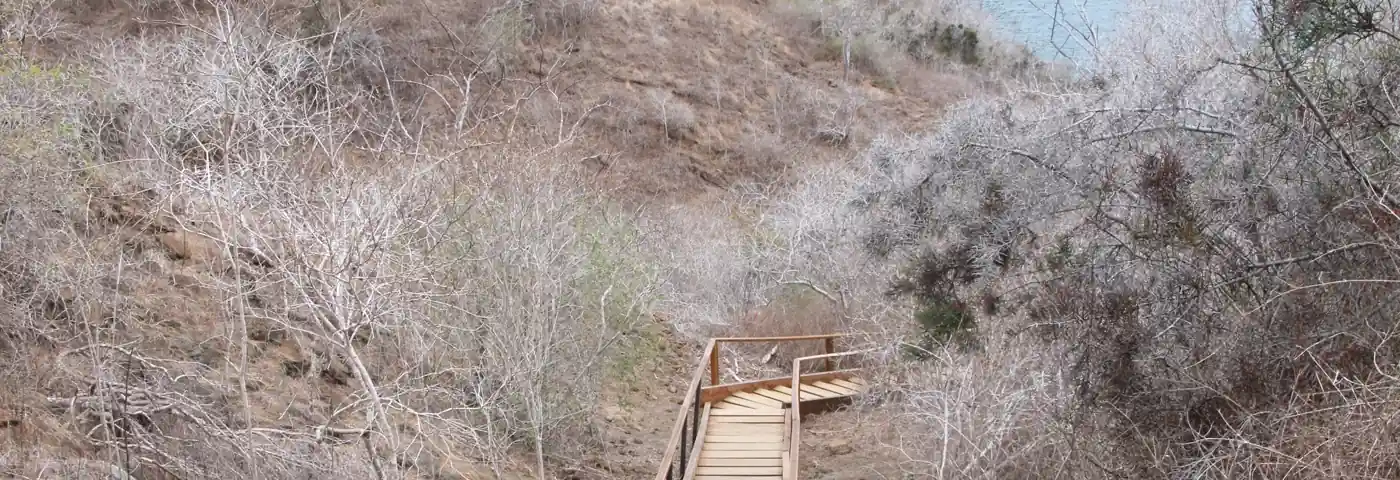
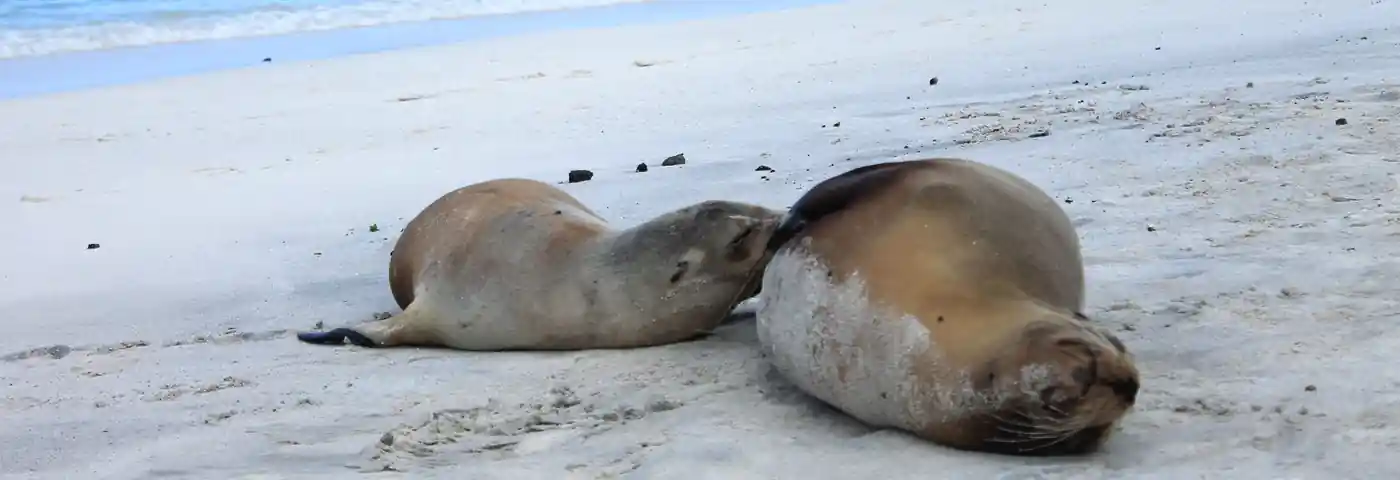
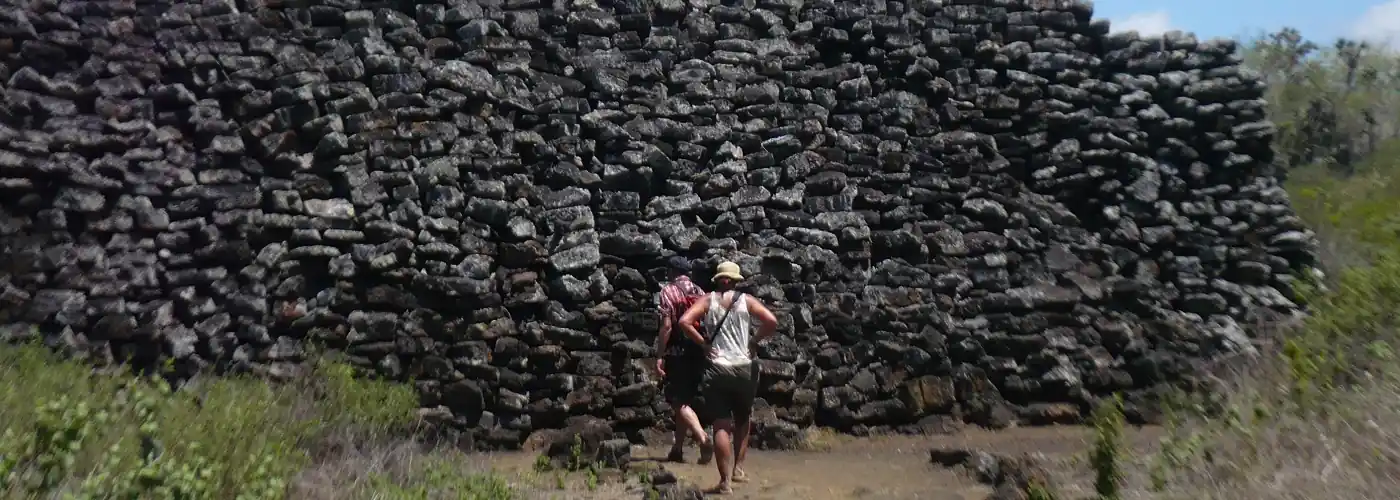
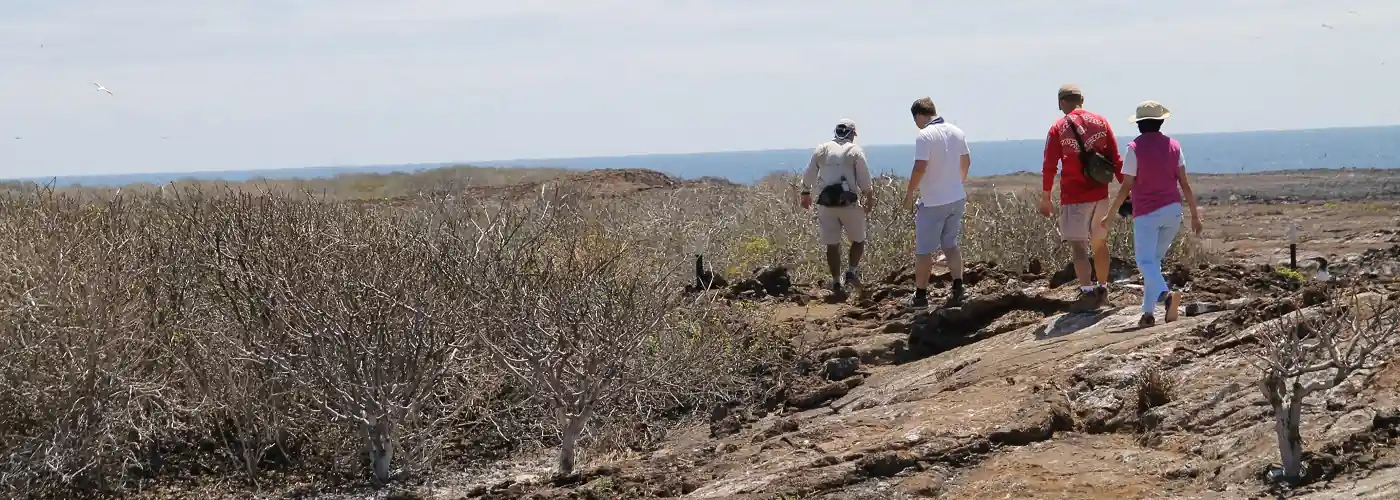
From US$ 3350 p.p.
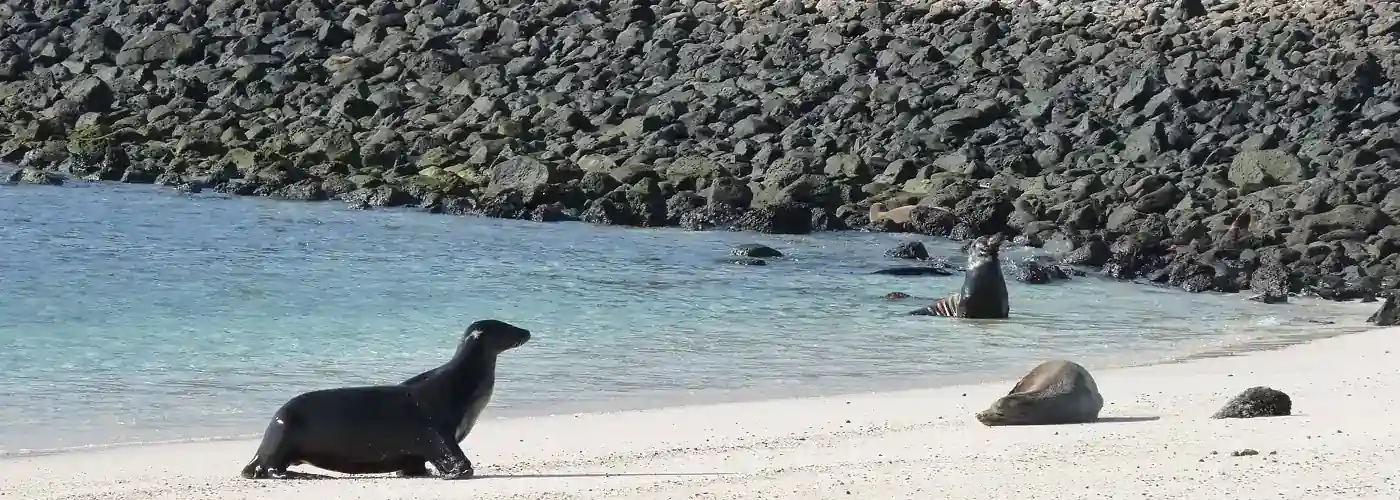
From US$ 3560 p.p.

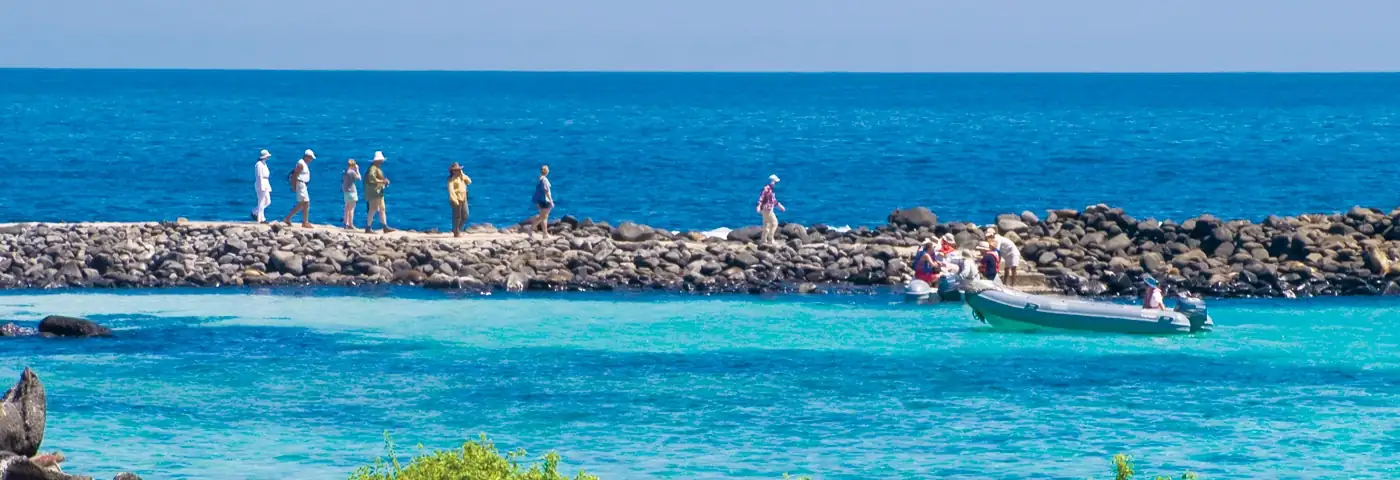
8 days cruise yacht Endemic – A8
Get in touch:

Dayana Arias Leon
- +593 (0)2 2194333
- hello@soleq.travel
